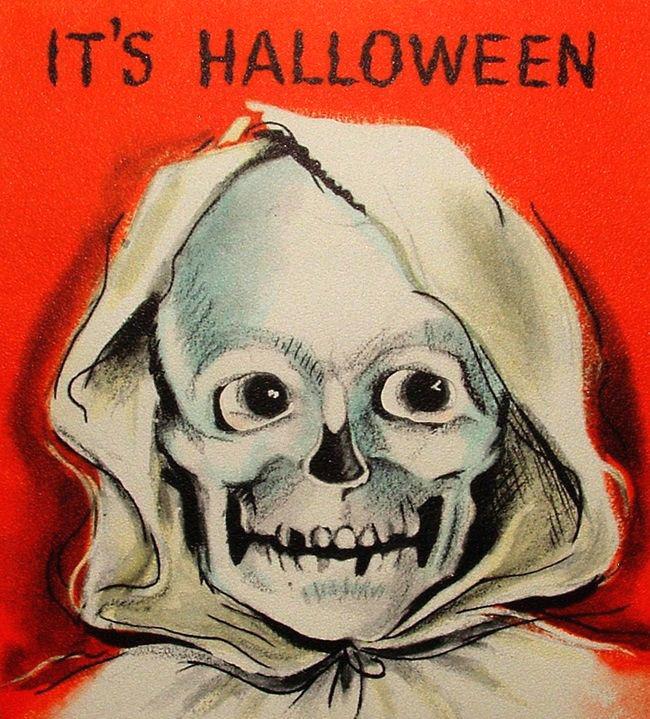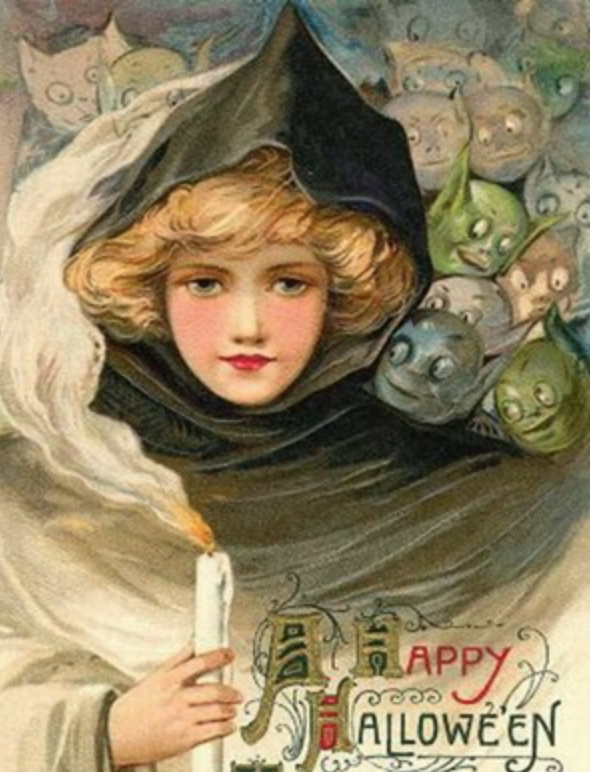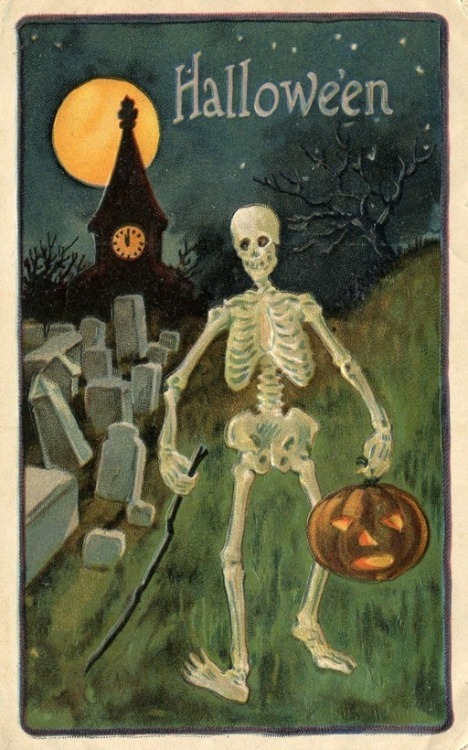Many Americans have a strange relationship with death. We love our death wrapped up and packaged for us in the guise of entertainment – dedicating hours of our lives to killing others and subsequently dying ourselves in video games, our film and television choices feature death as a constant theme in popular shows like The Walking Dead, American Horror Story and Game of Thrones. Even our most celebrated universal cultural observance, Halloween, is one that delights in death. We create cemeteries on our lawns, hang skeletons around the house, and snack on cookies made to look like severed fingers.
In spite of this, to speak of death and dying outside of these safe boundaries we’ve created, often elicits a negative reaction. We are privileged to make the choice to surround ourselves with illusions of “death” and yet, we are painfully uncomfortable actually talking real death, grief, and loss. Perhaps this is precisely why we love Halloween so much, as it allows for an acceptable place and time to explore and sate some of our curiosity and fear, surrounding the subject.
There was once a time when this uniquely American holiday was intricately tied to a day when we actively engaged with death; and facing our own mortality was at the heart of the celebration.
Many different cultures, religious beliefs, marketing and even historical events throughout the centuries have contributed to the traditions of Halloween. Most notable among them are the Roman festival of Pomona, and the church appointed observances of All Saints’ and All Souls’ Day, but none more than the Celtic festival of Samhain.
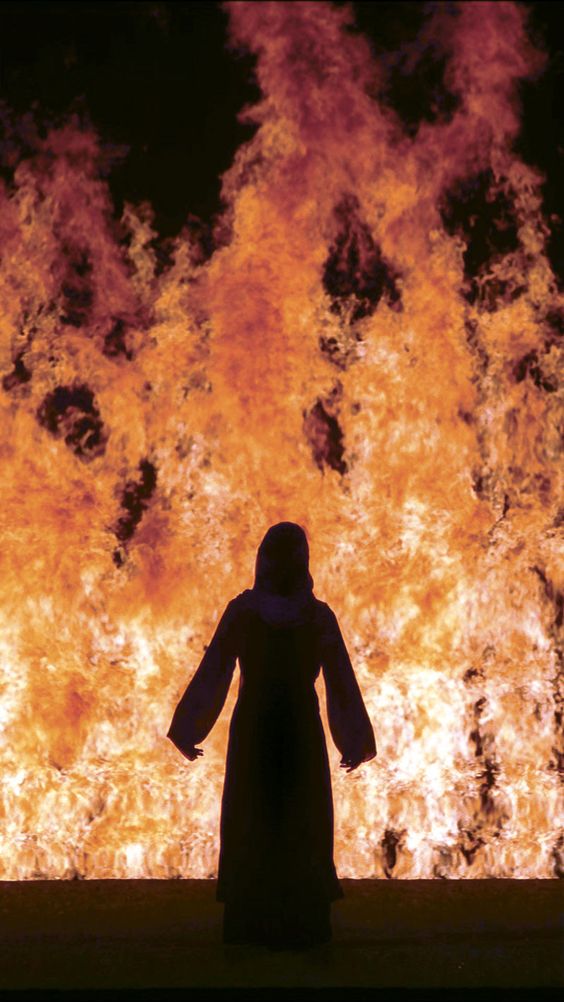
Samhain, which began at sundown on October 31st, was considered “summer’s end.” It was a time that marked the end of the harvest season, the coming of winter, increasing darkness, and the end of the year. The harsh conditions of impending winter brought with them the very real concerns of survival, death, and the necessity of facing one’s own mortality, as many would not survive the season.
Too little is known about the Celts who did not keep written records of their traditions or lore. What we do know is that Samhain was a combination of harvest celebration, a New Year’s Eve party, and a time to wrap up end-of the-year business that may have lasted over a period of three days.
During the daylight hours it was a time to pay off debts, complete harvesting tasks, slaughter any animals that were not going to be kept for the winter, and a time for legal trials to be held. It is believed that those convicted of particularly abhorrent crimes were sacrificed at this time.
One of the most important rituals that took place was the extinguishing of fires on Samhain Eve. Druids, designated priest figures among the Celts, would create a communal fire, known as a “needfire” by means of friction. Once the fire was blessed by the Druids, a fee was collected and embers would be distributed to relight their home’s hearth for the next year. Bonfires later carried over to All Souls’ observances, serving as a guiding light for souls in Purgatory who were believed to return to their ancestral homes for the night. In Scotland bonfires called samhnag were abundant, beautifully dotting the hillsides with light in the darkness. According to Ronald Hutton, author of Stations of the Sun: A History of the Ritual Year in Britain, in Lancashire people took part in a tradition called Teen’lay. Here, families would gather at midnight, one of them holding a pitchfork with a bit of burning hay on it, while the others knelt around it to pray for the souls of deceased relatives and friends until the fire burned out.
Festivities on Samhain commenced at sundown, and much like our modern festivals, it held the common elements of gathering as a community, feasting, and drinking. Another key element may also have been storytelling. There are numerous folk tales believed to be from this period that take place on Samhain. In them are lively corpses, giants demanding gifts of crops and children, and sinister sidhe or fairies.
This is also where the tradition of the Jack O’ Lantern originated, with the Irish folktale of Stingy Jack who is able to trick the devil in a series of bad bargains. In the end however, it is Jack who is tricked and forced to roam the earth carrying a piece of coal from the fires of Hell nestled within a carved out turnip to light his way.
Nuts and nut trees such as hazel and walnut played an important role in Celtic mythology and may have been incorporated into Samhain. This link was also evident throughout Scotland and Ireland where nuts and seedpods were used for divination and also found in burial mounds. As spirits of the dead were nearby during this period, it was an ideal time to call on them for help in answering questions about the future. In result, later incarnations of Samhain and early Halloween were primarily a time for fortunetelling games intended to predict one’s marital status or partner, career, fortune, and death. In them, nuts were often utilized by being tossed into a fire. The subsequent “behavior” of the nut – igniting quickly, exploding, or remaining unaffected – foretold anything from the temperament of a future spouse, to who was going to die within the year. Apples, mirrors and cabbages were all employed in these games of prognostication, and were the main attraction at early American Halloween parties.
Other hallmarks of our modern Halloween are costumes and trick or treating, a form of ritual begging that resembles many European traditions which involve mumming or masking, also practiced in the U.S. during other holidays such as Thanksgiving or Belsnicking at Christmas. Although it is widely believed that the Celts donned masks or costumes to trick or drive away evil spirits, most historians refute this claim.
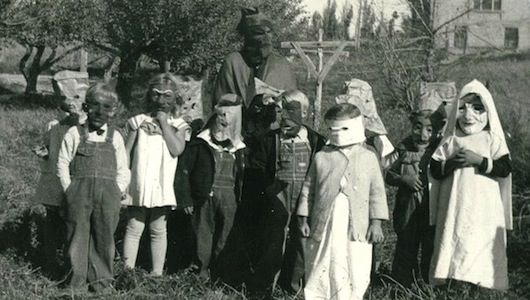 The Celts believed that the veil that separated the world of the living and the dead disappeared on Samhain, providing not only a way into our world for spirits of the dead but also for sidhe. Of these, it was the sidhe that were to be feared most. According to legends they could be expected to steal children or play rather cruel tricks on humans and animals alike. They were particularly fond of adults they deemed attractive, luring them into fairy realms where they would be trapped, or tricking them into marriage.
The Celts believed that the veil that separated the world of the living and the dead disappeared on Samhain, providing not only a way into our world for spirits of the dead but also for sidhe. Of these, it was the sidhe that were to be feared most. According to legends they could be expected to steal children or play rather cruel tricks on humans and animals alike. They were particularly fond of adults they deemed attractive, luring them into fairy realms where they would be trapped, or tricking them into marriage.
According to Ruth Edna Kelley, a librarian whose 1919 book, The Book of Halloween remained the only serious tome on the history of the holiday for some thirty years, states that on Samhain “The lord of death gathered together the souls of all those who had died in the passing year and had been condemned to live in the bodies of animals, to decree what forms they should inhabit for the next twelve months.” This likely contributed to the idea that spirits or witches would take the form of an animal, particularly that of a cat or a horse. This lent an extra element of spookiness to the horse races which were also part of Samhain festivities – for an evil spirit in the guise of a horse could be hiding among the race contenders.
Traditions that likely originated among the Celts influenced the regions they once inhabited, the majority of them centering on death.
Visions and premonitions were common during Samhain. Apparitions seen of persons still living, were expected to die within the year. Romantically unattached individuals hoped to conjure visions of their future beau, but there was always the risk of seeing their own corpse moving slowly past them instead – a portent of their impending death. Individuals would often place stones in a fire, collecting them once it finally burned out. If one did not find their stone it was believed they would soon die.
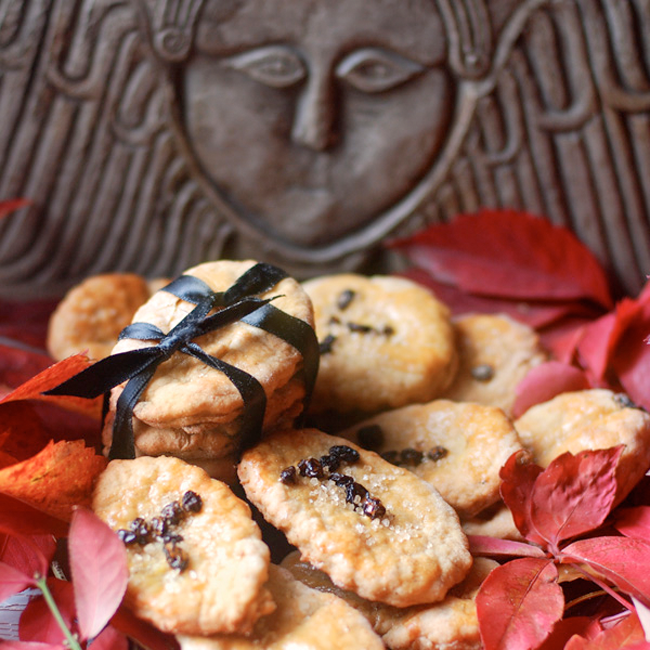 Food would be left out for the dead, or libations poured over their graves. In later years, particularly as part of All Souls’ Day, small cakes called soul cakes, were given to the poor who would take one in exchange for praying for the dead.
Food would be left out for the dead, or libations poured over their graves. In later years, particularly as part of All Souls’ Day, small cakes called soul cakes, were given to the poor who would take one in exchange for praying for the dead.
Fishing was a particularly risky endeavor during this time as it was believed that the corpses of those who died at sea would come back to life and climb aboard fishing boats, hoping to be taken back to land for a proper burial.
In Brittany, France where death was once incorporated into most aspects of life and their cemeteries served as the center of the community, people believed that corpses rose from their graves during Samhain night, their skeletons filling the pews to listen to Death deliver a sermon.
Through efforts of the church to eradicate “pagan practices” not only throughout Europe but in other colonized nations, and the passing of time, most of these extraordinary traditions passed over into the realm of legend.
So, how did America come to adopt so many of the traditions of Samhain? The answer lies with a single influential figure who also is responsible for popularizing our Christmas traditions, mourning fashion and etiquette, and even wedding customs – Queen Victoria. Author and Halloween historian, Lisa Morton states, “In America, the influx of Scotch-Irish immigrants coincided with the rise of the middle class, who were anxious to imitate their British cousins. Victoria herself spent Halloween at Balmoral Castle in Scotland, and her experience there was widely reported.”
Samhain continues to be acknowledged and celebrated today by neo-pagans. Some observances include bonfires, elements of fortunetelling and rituals that involve honoring the dead. One of these is a dumb supper– a feast held in silence that allows for communing with and honoring the dead.
As with other cultural practices that honored death and the dead, (such as Mexico’s Dia de Muertos or the Mayan Hanal Pixan, which the church also tried to erase), it is evident that the Celts’ relationship with their own mortality and their dead was of immense importance to them. During Samhain, let us not only reclaim this practice of honoring our ancestors but ourselves – by facing our fear of death so that we may truly live – “In the same state as those who are dead, are those who have not lived.” – Ruth Edna Kelley
—————————–
Author’s note: this piece was in large part informed by the excellent research done by Lisa Morton, author of Trick or Treat: A History of Halloween. Other references and further reading is linked within the article.

